
Decades before the dawn of the 20th century, women in Vermont were locked in a struggle for voting rights. Dating back to 1870, members of the American Woman Suffrage Association, including prominent leaders Lucy Stone and Julia Ward Howe, had trekked to the Green Mountain State to hold a convention in the state’s capital, Montpelier, as part of a nationwide campaign to galvanize women around the vote. Public support at the time proved to be meager, as many were focused on the contemporary temperance movement. But it wound up planting the seeds for a statewide chapter to be organized within a decade.
The Vermont Woman Suffrage Association, later renamed the Vermont Equal Suffrage Association, would be formalized in the early 1880s and bring together folks across the state in an effort to pressure legislators to adopt amendments that provided women with political rights. Victories during those times were few, but Vermont women gradually earned the right to vote in school district meetings and held local office positions.
In 1917 the Vermont Legislature finally conceded to the pressure from outspoken suffragists like Annette Parmelee and Lucy J.C. Daniels and passed municipal suffrage for taxpaying women – a major gain in spite of political conservatism from state leaders. The fight continued for the next several years, even as Congress passed the 19th Amendment, granting women the right to vote, in June 1919. Four hundred women took to the streets of Montpelier to demand Vermont ratify the amendment, standing up against then-Gov. Percival Clement, who vehemently opposed women's suffrage. Vermonters were forced to wait until Feb. 8, 1921, to see the state ratify the bill.
This August, the nation marks the 100th anniversary of the 19th Amendment. To commemorate the occasion, the USA TODAY Network is naming 10 American women from all 50 states and the District of Columbia who have made significant contributions to their state and to the country as Women of the Century.
Each woman selected has demonstrated outstanding achievement in a variety of areas, including arts and literature, business, civil rights, education, entertainment, law, media, nonprofits and philanthropy, politics, science and medicine, and sports. In addition, they were required to be U.S. citizens and have lived between 1920 and 2020.
Summing up Vermont’s rich history of pioneering and accomplished women with only 10 people cannot fulfill the scope of the people who have come before or continue to work today. With numerous leaders, innovators and artists who have at one point called the state home, that list could number in the hundreds.
Some of Vermont’s most notable names who didn’t quite make it or didn’t quite qualify based on our criteria include Consuelo Northrop Bailey, who had an extensive political career here and nationally, becoming the first woman in U.S. history to serve as lieutenant governor.
Clarina H. Nichols, a journalist and lobbyist, used her words to push for various reforms, from temperance to property rights for women, but died in 1885. Martha “Grandma” Lampman was a revered community leader and healer among the Abenaki people. Louvenia Bright Dorsey, the first Black woman to be serve in the Vermont Legislature in 1988, also missed the cut.
Those included in our list come from various generations, industries and backgrounds, but all have been champions of that same pioneering spirit of those 400 women who gathered in Montpelier 100 years ago.
Madeleine Kunin
Vermont’s first female governor
(1933- )
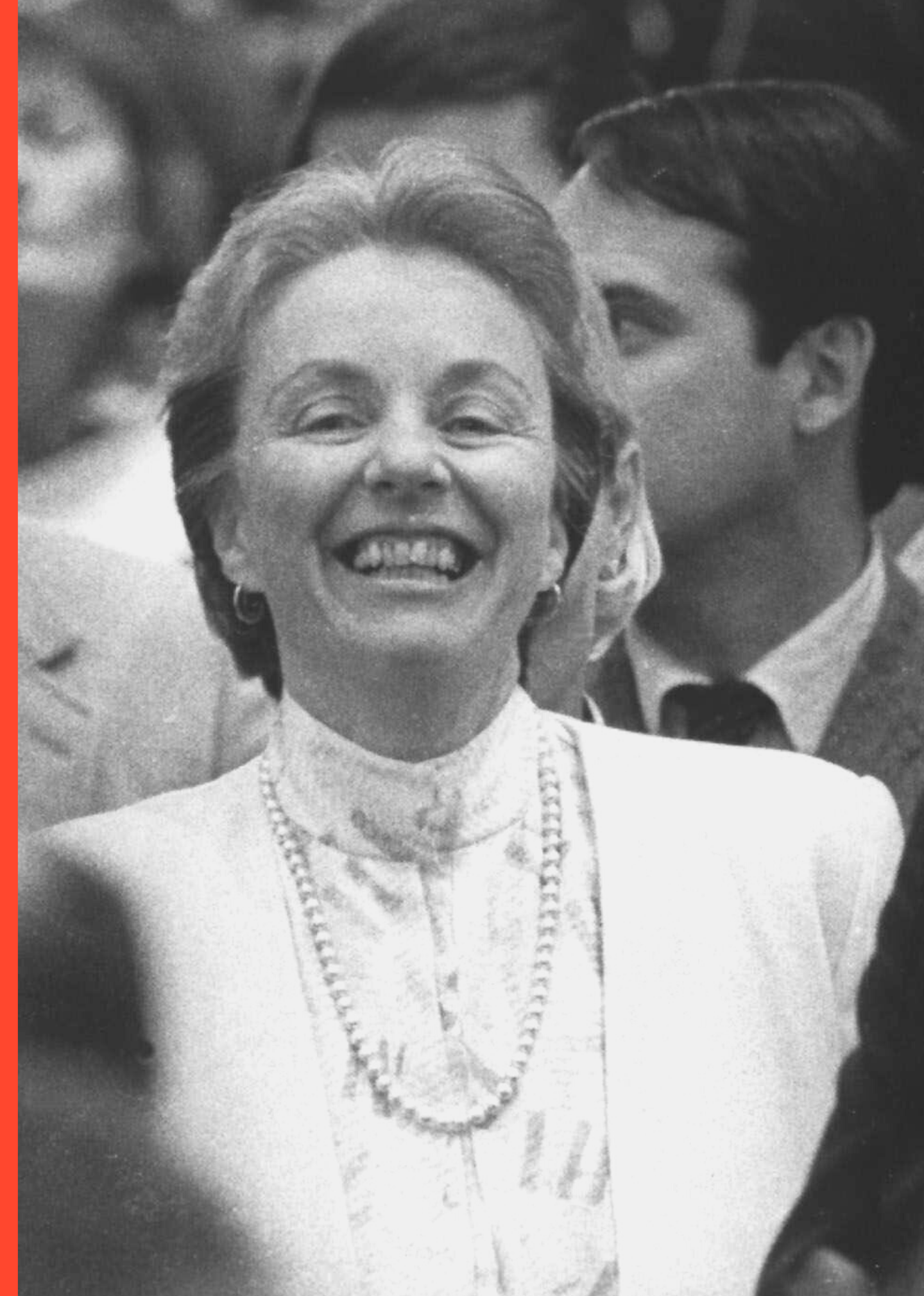
The first and only female governor of Vermont, Kunin was born in Zurich, Switzerland, in 1933. Alongside her mother and brother, Kunin escaped the country in the wake of Nazi invasion across Europe and arrived in the United States in 1940.
Kunin’s political career came later in life, long after she had pursued several degrees, worked as a journalist, raised a family and become a professor. Her community organizing and outspokenness around women’s rights propelled Kunin to the Vermont House of Representatives in 1972. She served in that position for three terms, during which time she championed issues around education, the environment, lobbying reform and transportation.
Following that tenure, she was elected for two terms as the lieutenant governor of Vermont before making her historical run for the gubernatorial seat in 1984.
Kunin was governor of Vermont for three terms, becoming the first woman in U.S. history to do so. Her accomplishments included creation of the Vermont Housing and Conservation Board to advance land use reform in the state, as well as establish the state’s family court system.
After her Vermont political career, Kunin became an U.S. ambassador to Switzerland and Liechtenstein, and served as deputy secretary of education, all under President Bill Clinton. When she retired from public service in 1999, Kunin went back to teaching and writing, holding visiting professorship at colleges throughout Vermont.
Edna Beard
Vermont’s first female legislator
(1877-1928)
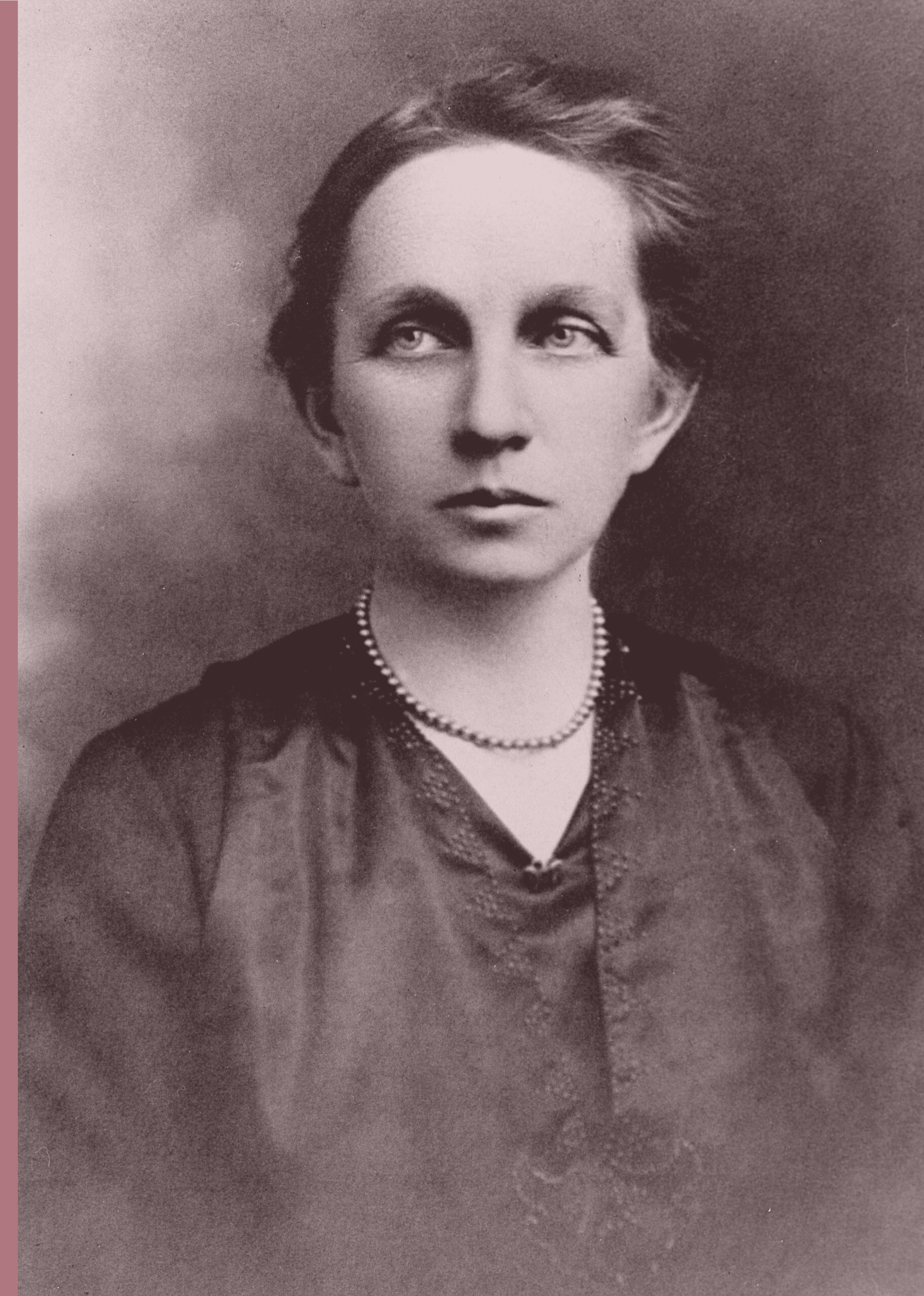
Within a year of the passage of the 19th Amendment, Beard immediately ran for an elected position at the state level.
For years, the Orange native had worked as a schoolteacher and superintendent at local schools. Now in front of her, however, was the opportunity of a lifetime. In 1920, Beard initially ran for the Vermont House of Representatives, losing out in the Republican primary by only six votes.
Beard went on to try a different tactic, running in the general election of that same year under the Citizens’ Party ticket. The switch of party lines, coupled with the sudden voter registration of 40 women in Orange, was enough to allow Beard to beat her political opponent and become the first female legislator in Vermont.
During her one-term tenure in the House, Beard supported bills that provided financial support to single mothers as well as women whose husbands lived with disabilities. When her term was finished, Beard ran once again, this time for a seat in the Vermont Senate, making her the first woman elected to that governing body in 1922. She left politics a few years later because of worsening health but continued to stay engaged in the community through her church duties until her death.
Melody Walker Brook
Artist, activist
(1983 - )
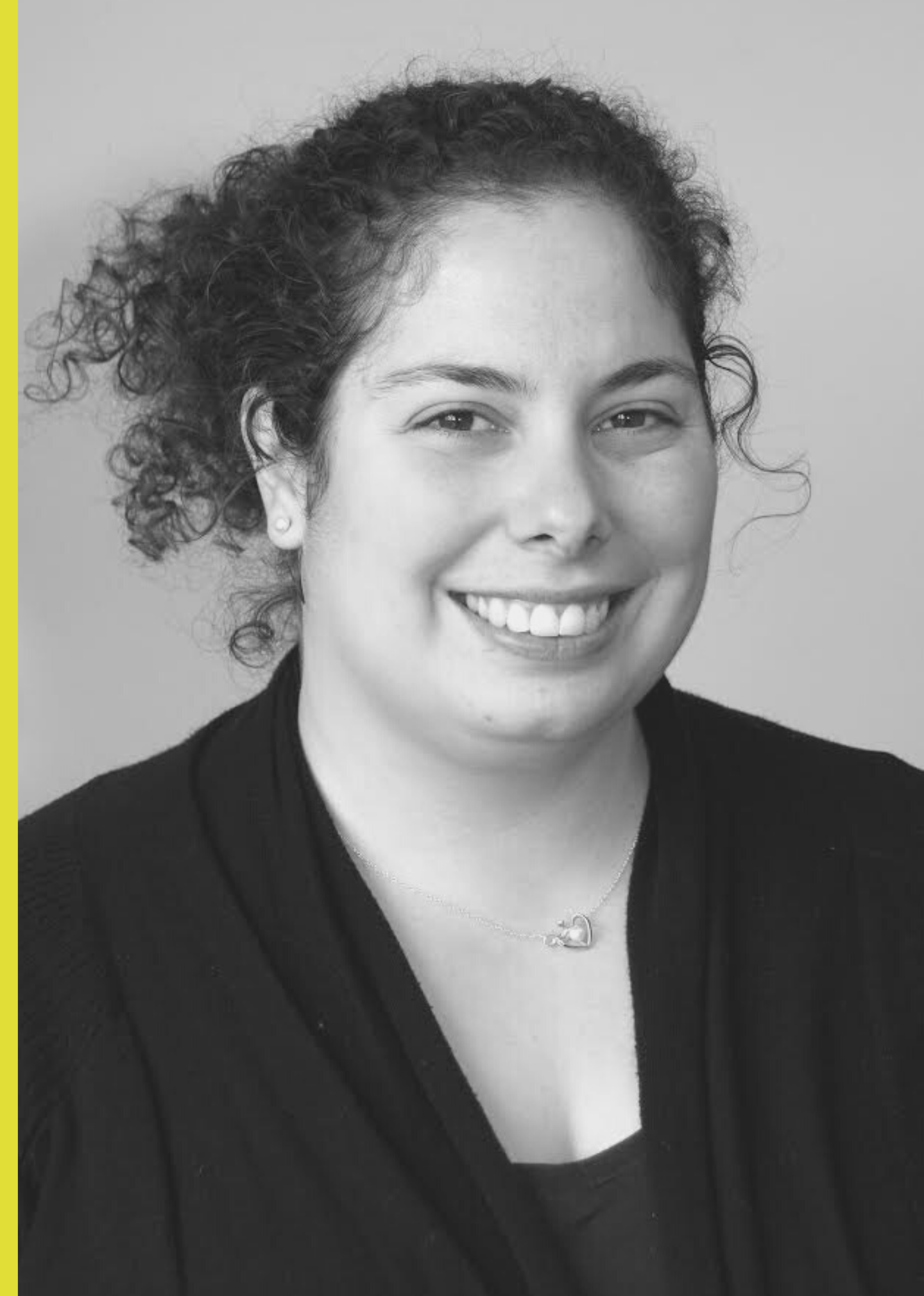
Brook is an Indigenous historian, artist and activist. Born into the Missisquoi tribe and as a citizen of the Elnu Abenaki Band, she served as both chair and vice chair of the Vermont Commission on Native American Affairs, during which time she saw the Elnu Tribe as well as the Nulhegan Band recognized by the state of Vermont.
Brook is a member of the Vermont Abenaki Artists Association, which promotes regional Indigenous arts, artists, and culture in schools, historic sites, and museums throughout the Northeast. Her work continues to elevate discussions around Indigenous experiences within Vermont and throughout the country.
Anaïs Mitchell
Award-winning singer-songwriter, playwright
(1981- )

Singer-songwriter and Addison County native Mitchell in recent years has received widespread acclaim for the stage musical "Hadestown," a reimagining of the Greek myth of Orpheus and Eurydice. The folk opera went on to win eight Tony Awards and a Grammy Award, including best musical and best original score, and best musical theater album.
The project came into formation through a series of stage productions Mitchell toured across Vermont in 2006 and 2007, in between her release of several folk albums early in her career.
Daisy Turner
Poet
(1883-1988)
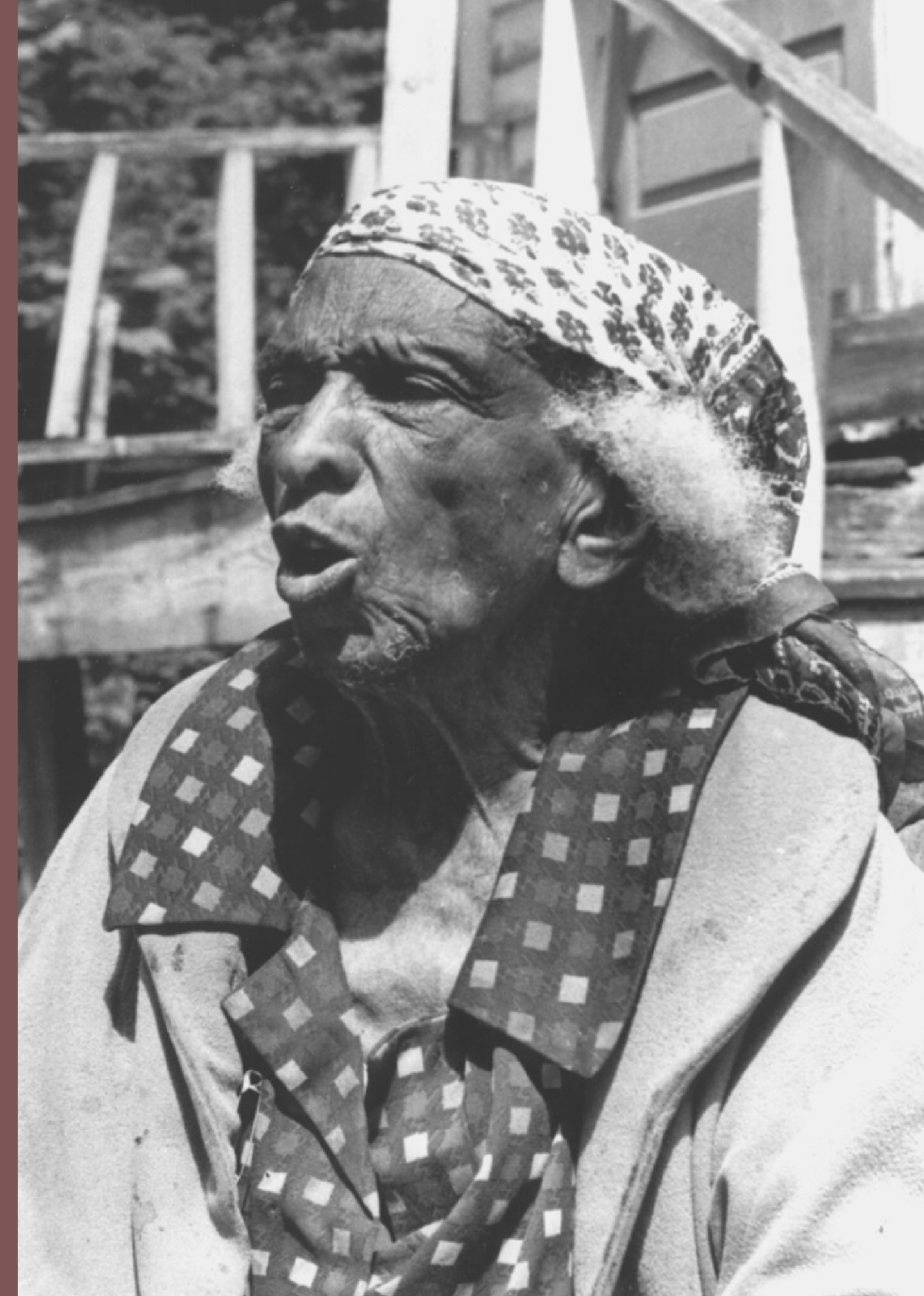
Turner was a master storyteller and poet. Born the daughter of formerly enslaved parents and living to age 104, Turner recounted stories covering the enslavement of her African ancestors, life on the plantation, the Civil War and the Great Migration.
Her family settled in Grafton, Vermont, after the war, where her parents raised her and her 15 siblings. Turner’s recollection of her lineage was captured in oral history projects held by the Vermont Folklife Center, and she appeared in Ken Burn’s award-winning documentary "The Civil War," reciting one of her many poems.
Through her storytelling, Turner was able to illuminate the often-overlooked history and contributions of Black Americans in U.S. history. The cabin on her family’s homestead in Grafton is preserved and is a major part of the Vermont African American Heritage Trail.
Julia Alvarez
Award-winning author
(1950- )

Author, poet and essayist Alvarez works spans cultures, charting her own identity formation and experiences as a Dominican American. Most known for her novels "How The García Girls Lost Their Accents" and "In the Time of the Butterflies," Alvarez has won numerous awards for her work, including the Pura Belpre and Americas Awards for her children’s novels, the Hispanic Heritage Award in Literature, and the F. Scott Fitzgerald Award for Outstanding Achievement in American Literature.
In 2013, she was a recipient of the National Medal of Arts, awarded to her by then-President Barack Obama, in which she was recognized for her “extraordinary storytelling,” exploring “themes of identity, family and cultural divides.”
Alvarez’s writing career has brought her across the country, but she first arrived to Vermont in the 1970s, at which time she enrolled at learned and taught at various Vermont colleges. She's now a writer-in-residence emerita at Middlebury College, where she teaches creative writing.
Beth Robinson
Vermont Supreme Court justice
(1965- )
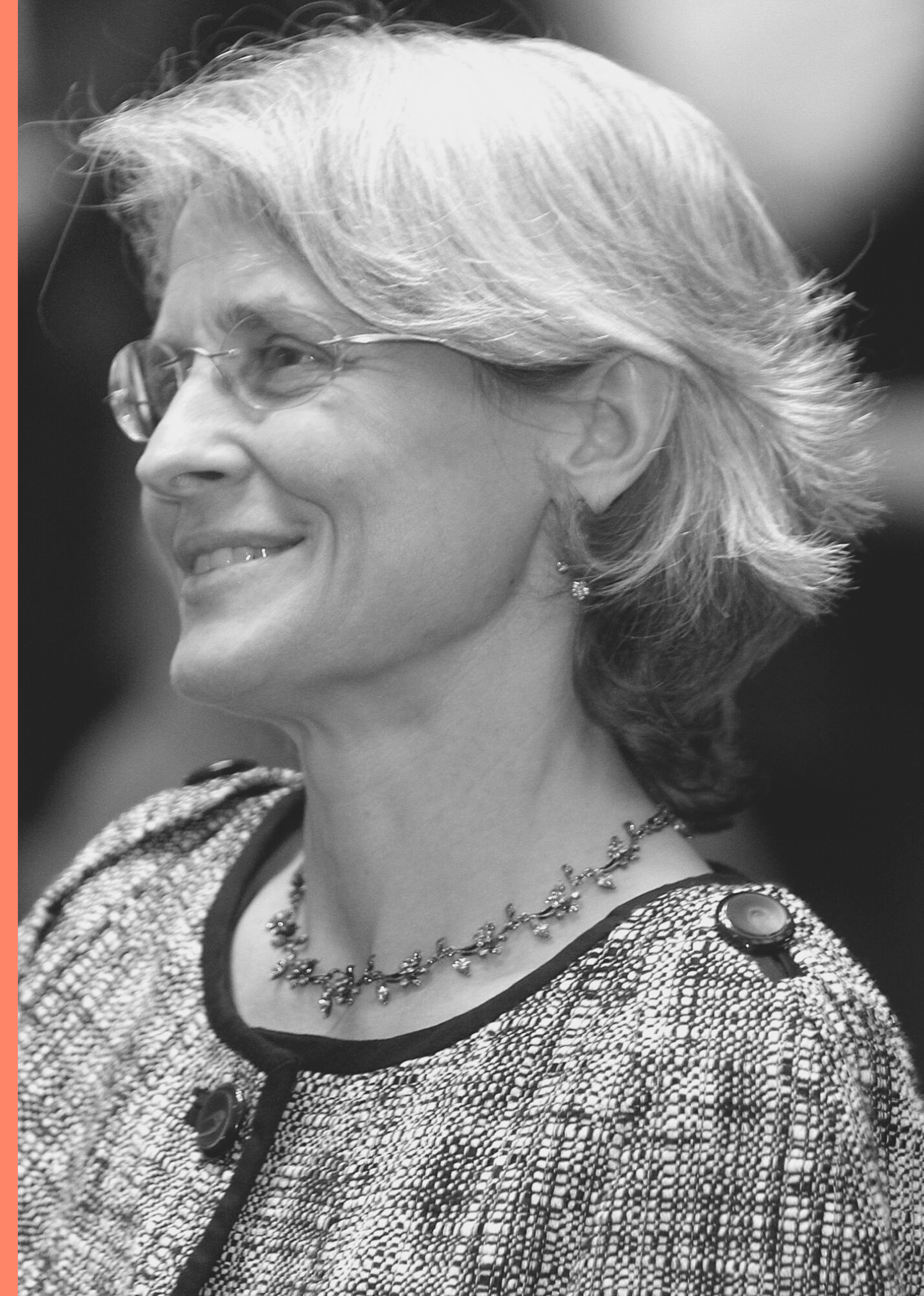
Robinson is a lawyer and judge who serves as associate justice on the Vermont Supreme Court. She was a key attorney in the 1999 Vermont Supreme Court case Baker v. Vermont, leading to Vermont’s civil union law, the first in the nation.
From there, Robinson was involved in the 2009 legislative decision to enact same-sex marriage. Becoming associate justice of the Vermont Supreme Court in 2011, Robinson succeeded Denise R. Johnson, the first woman to be elected justice in the court. Robinson is one of 10 LGBT state Supreme Court justices now serving in the United States.
Jody Williams
Nobel Peace Prize winner
(1950- )
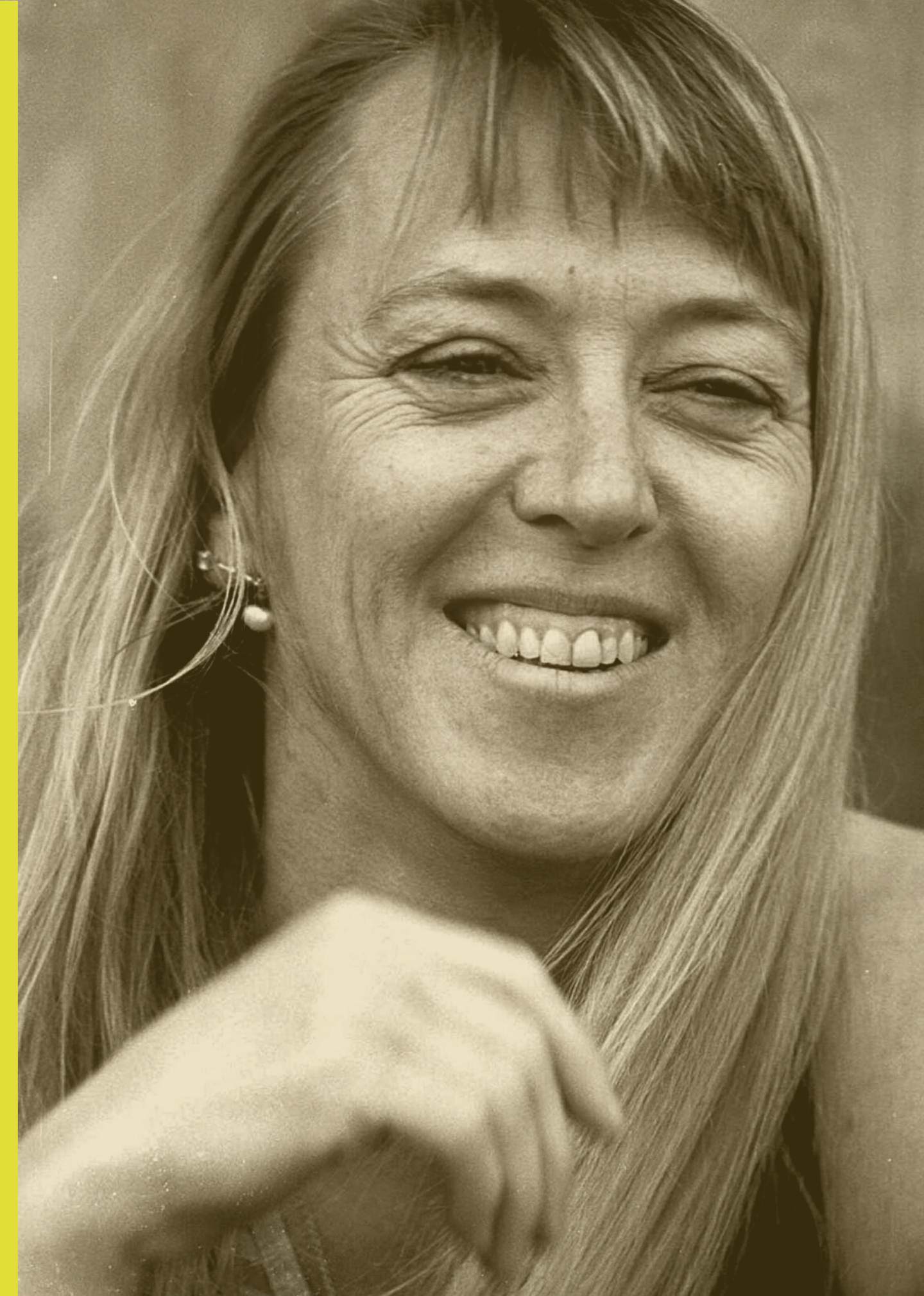
Williams is a political activist, most known for her work to ban anti-personnel mines, earning her the Nobel Peace Prize in 1997. She was born in Putney, and her political formation began during nationwide protests of the Vietnam War.
A vocal activist and advocate for human rights and global security, Williams became involved in several humanitarian efforts during the 1980s including her leadership in the Nicaragua-Honduras Education Project and Medical Aid for El Salvador.
In 1992, in collaboration with six other international organizations, Williams coordinated the formation of the International Campaign to Ban Landmines. The coalition’s work at the time culminated in the Mine Ban Treaty of 1997, which bans the use, production and development of anti-personnel mines. The treaty received over 100 country signatures and has been ratified by 164 nations to date. Since winning the Nobel Peace Prize, Williams continues to speak on the dangers of land mines, as well as chairing the Nobel Women’s Initiative alongside other female laureates.
Patty Sheehan
Golfer
(1956- )
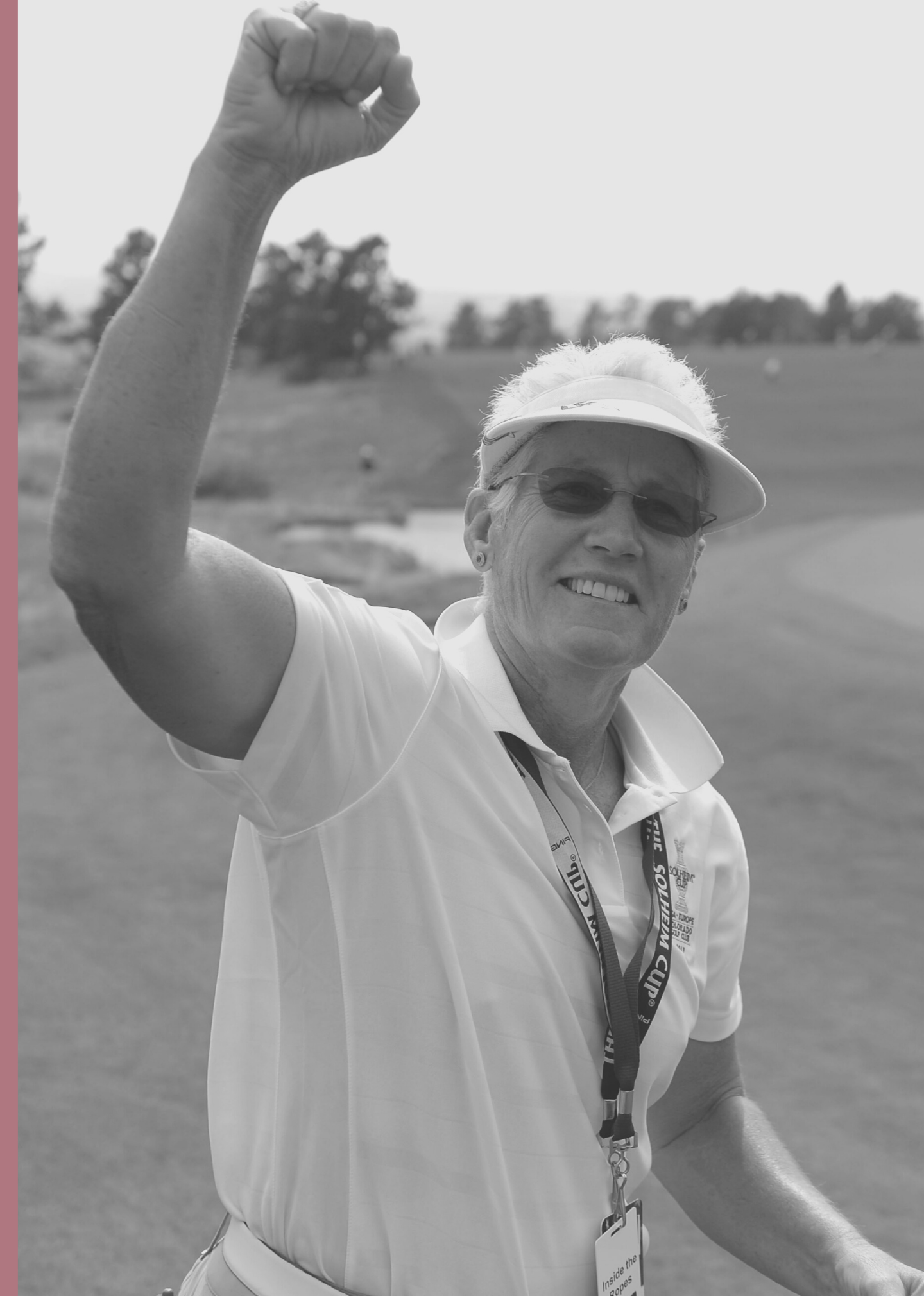
One of the all-time greats in women’s golf, Middlebury-born Sheehan began her outstanding career in the LPGA with her Rookie of the Year honor in 1981. For the next decade and a half, she would go on to notch 35 tour wins and six major championships, as well as becoming LPGA Tour Player of the Year.
Among her biggest accomplishments on the golf course came in 1992, when Sheehan became the first woman to win the U.S. Women's Open and the Women's British Open in the same season. She would go on to become a member of five Solheim Cup teams and captained the squad twice in 2002 and 2003.
Sheehan was selected as one of Sports Illustrated’s Sportsperson of the Year in 1987 and was inducted into the World Golf Hall of Fame in 1993.
Sister Janice Ryan
Activist
(1936- )
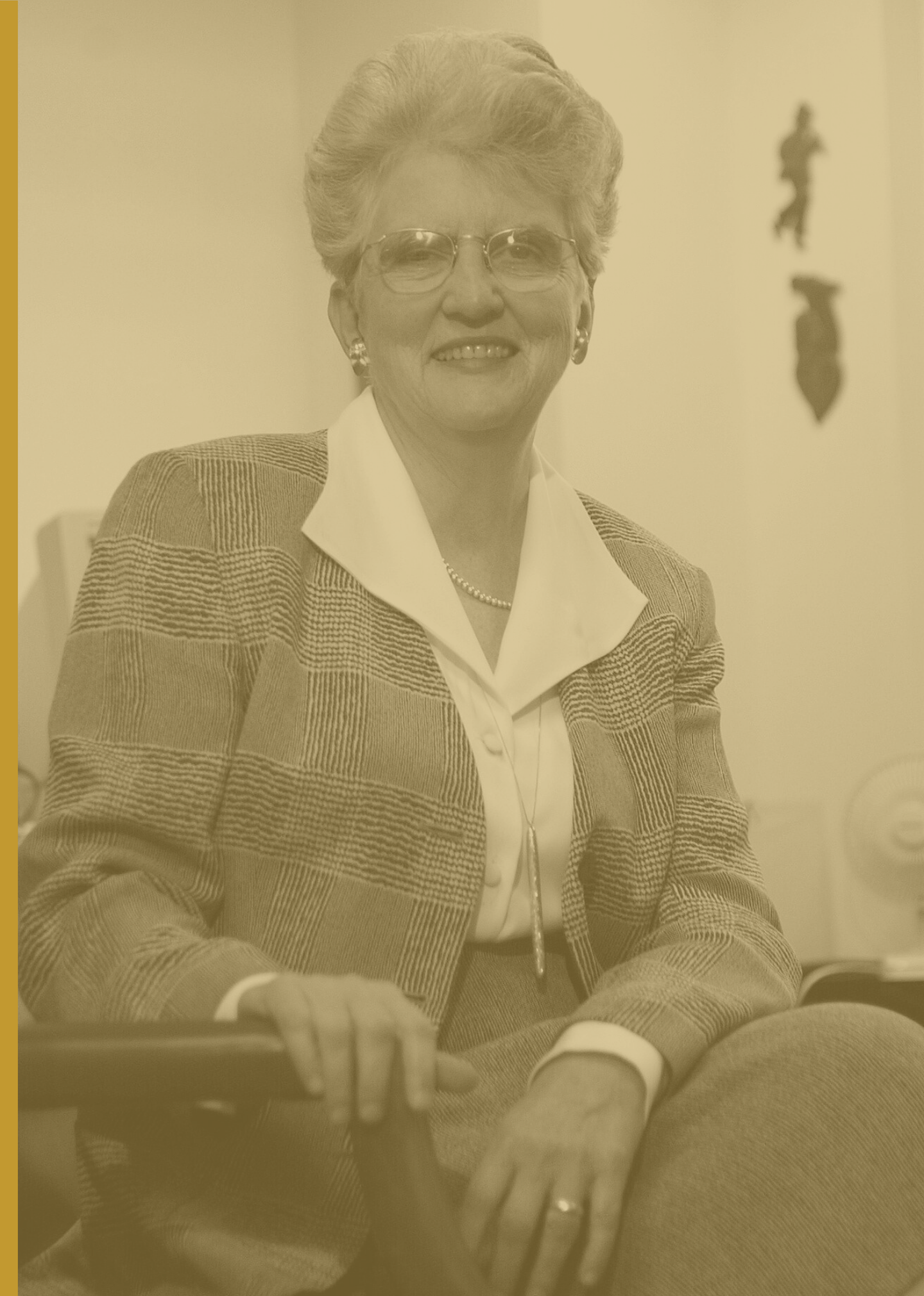
An educator, activist, and teacher who has dedicated her life to social change, Sister Ryan was born in Fairfield in Franklin County. She was a longtime member of the Catholic congregation Sisters of Mercy, and her faith in many ways guided her call to service through her work. For more than 40 years, she taught at the high school and college level, eventually becoming president of Trinity College of Vermont in 1979.
During that time, Sister Ryan continued to focus on education reform, particularly addressing special education, advocating for state legislation and programs that would cater to students with intellectual and developmental disabilities.
After nearly two decades at Trinity, Ryan moved to Washington, D.C., where she would go on to become director of the Catholic Campaign to Ban Landmines, as well as working alongside then-Sen. James Jeffords as his education director. By the time Ryan returned to Vermont in 2003, she transitioned into a new chapter of her life as Vermont’s deputy commissioner of corrections, overseeing the operations of all Vermont prisons. Upon retiring a few years later, she was recognized by the Sisters of Mercy for her longstanding membership and received a lifetime achievement award from the Vermont Community Foundation.
Sources used in the Women of the Century list project include newspaper articles, state archives, historical websites, encyclopedias and other resources.